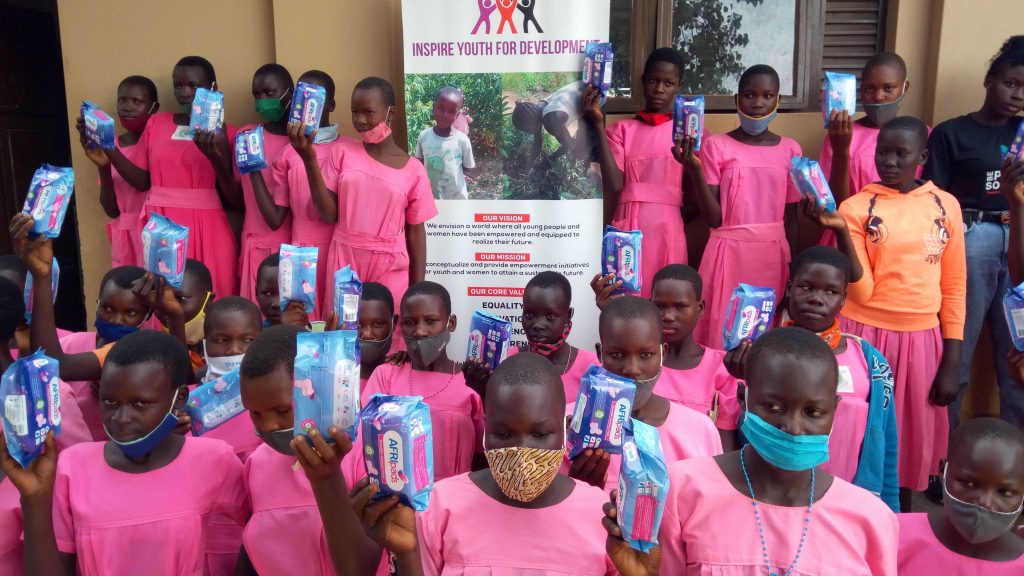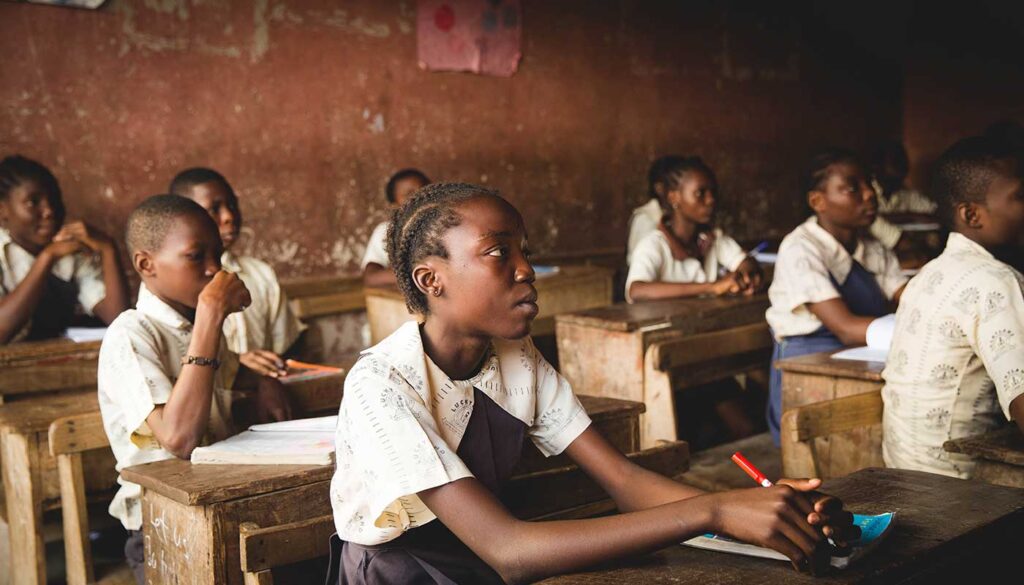
Menstrual Management among school girls in Uganda
During menstruation girls and women face both practical and strategic gender problems. These have negative impacts for their personal lives and development opportunities: restrictions on work and mobility, increased fears and tensions, early marriage, early and premature childbirth and higher infant mortality, and potential vaginal infections resulting in the worst case in infertility. In many […]

